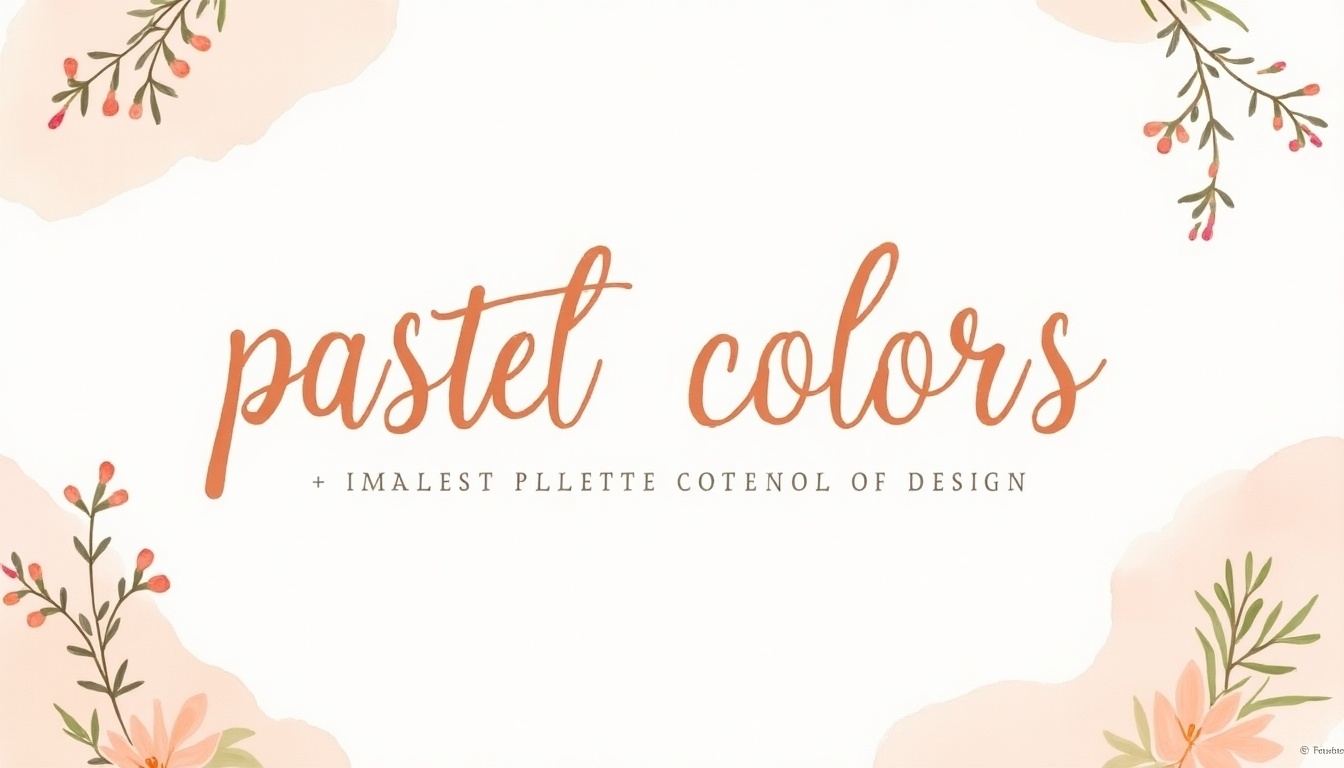Comparative ads are a type of advertising in which two or more recognizable popular brands of the same product compared and the comparison made with more than one attribute. The comparisons between the products can implicit or explicit. It can look verbal and visual and the claims regarding complete superiority or superiority on some general attribute. The advertised brand can have smaller, roughly equal, or greater market value than the comparison brands. However, there are some regulations and norms regarding comparative advertising. That varies around the world and these types of advertisements are not allowed in many countries.

How effective comparative ads are?
Much research has conducted focusing on the question of comparative advertisement. It is more effective than a non-comparative advertisement. There are many pieces of evidence found regarding the more effectiveness of comparative ads. The result but seems to not very upon the kind of comparative attributes used and the brands involved in the advertisement. But it mainly depends upon the effectiveness used to buy similarity. Persuade along with specific questionnaires that have used to take account of the effectiveness of an advertisement. It generally does not depend upon enhancing the ratings of the advertised brand but on the lowering of rating of the brand that’s compared with. In some cases even there are no effects on preference ratings at all. So it is necessary to copy testing and cracking the uniqueness of comparative advertisement.
Areas where comparative ads can be very effective
The additional information provided in the comparative ad leads to be beneficial to the customers and this should also help them in better decision making. But a number of researchers have found that comparative advertisement. That names competitors are the main cause for Greater confusion about which brand is sponsoring the ad. Thus leading to sharing of customers by both the brands. This case is very common if the advertisement runs on television or radio where it is more probable to get confused. Due to this sponsor misidentification, this is one of the disadvantages and worked as a criticism for the direct comparative advertisements. This is the main reason that many companies prefer to run direct comparative ads in which there are no competitors named. But, they refer to some brands by using their packaging colors and shape. For instance the famous case of Coke and Pepsi.

Leaders Vs the followers
According to the reports of a lot of research conducted it supports the fact that direct comparative ads are an excellent choice of advertisement for small share markets. They’re supposed to get benefit from it most whereas a market-leading high share brand will mostly lose from a direct comparative ad. This is because they will be offering free Awareness to the small brands in the same competition. This leads to a simple confusion that when low share brands use direct advertisements. Market leaders need to use non-comparative or indirect comparative ads to get the best advertisements to result.
The small share market also gains more from the direct comparative ads. Every direct comparative advertisement had the effect of getting customers to put both advertised. This thought can also encourage by providing more similarities to the products. A study found that comparative advertisement was way more effective than comparative advertisement when the similarities of Challenger. The leading brands increase along with using the leading brand name in the advertisement.
Two-sided and one-sided comparative ads
It’s one of the most discussed topics about comparative ads. If the message should have one-sided instead of two. The messages said to be one size if they can only provide information about positive arguments and attributes. Whereas if a message has two-sided it can also provide information on minor attributes. In general scenarios, two-sided advertisements known to be more credible. Because also consider the fact that the brand advertised has some shortcomings. Also, it’s not the case with all advertisements. The most effective use of two-sided comparative ads when –
-
The considered attributes on which the weakness accepted are less important to the customers.
-
The attribute has correlated with other attributes on which the advertised brand is superior. For instance, a company can use lines like we are more expensive but only because we are providing you better quality.
This kind provides an extra edge to the advertisers for their honesty and they also gain the sympathy of the customers. Other researchers show that two-sided appeals tend to generate more conversions. Especially with the better-educated audience and the customers who opposed the brand making the claims. It can also say that two-sided comparative ads are more likely to be in the favor of advertised brands.
Open-ended vs The close-ended comparison
It is another very important issue that arises during the discussions. The comparison and the conclusion should spell out in an advertisement for the receiver should leave alone. To conclude his consciousness about the superiority of a brand sponsoring the comparison. Leaving some conclusions leads to stimulation of curiosity and motivates the customers to get more information.
About the brand and this leads to the generation of more customers for the brand itself. But, there’s a risk in assuming that the users will draw the same conclusion as needed by the advertising company. When the conclusions stated then there are chances that the audience may not motivated. Or they are not able to draw their conclusions. This situation has a contradictory level and it leads to you only one thing. You can partly conclude about your superiority and will lead to leaving the rest of the message to understand by the customers alone.
Conclusion
These are some of the ways you can use comparative advertising to increase your brand value and its market share. It’s very important to maintain a balance. Between the content, you are creating just not overpowering for your product. Or it also should not be underwhelming for your product at the same time.





















